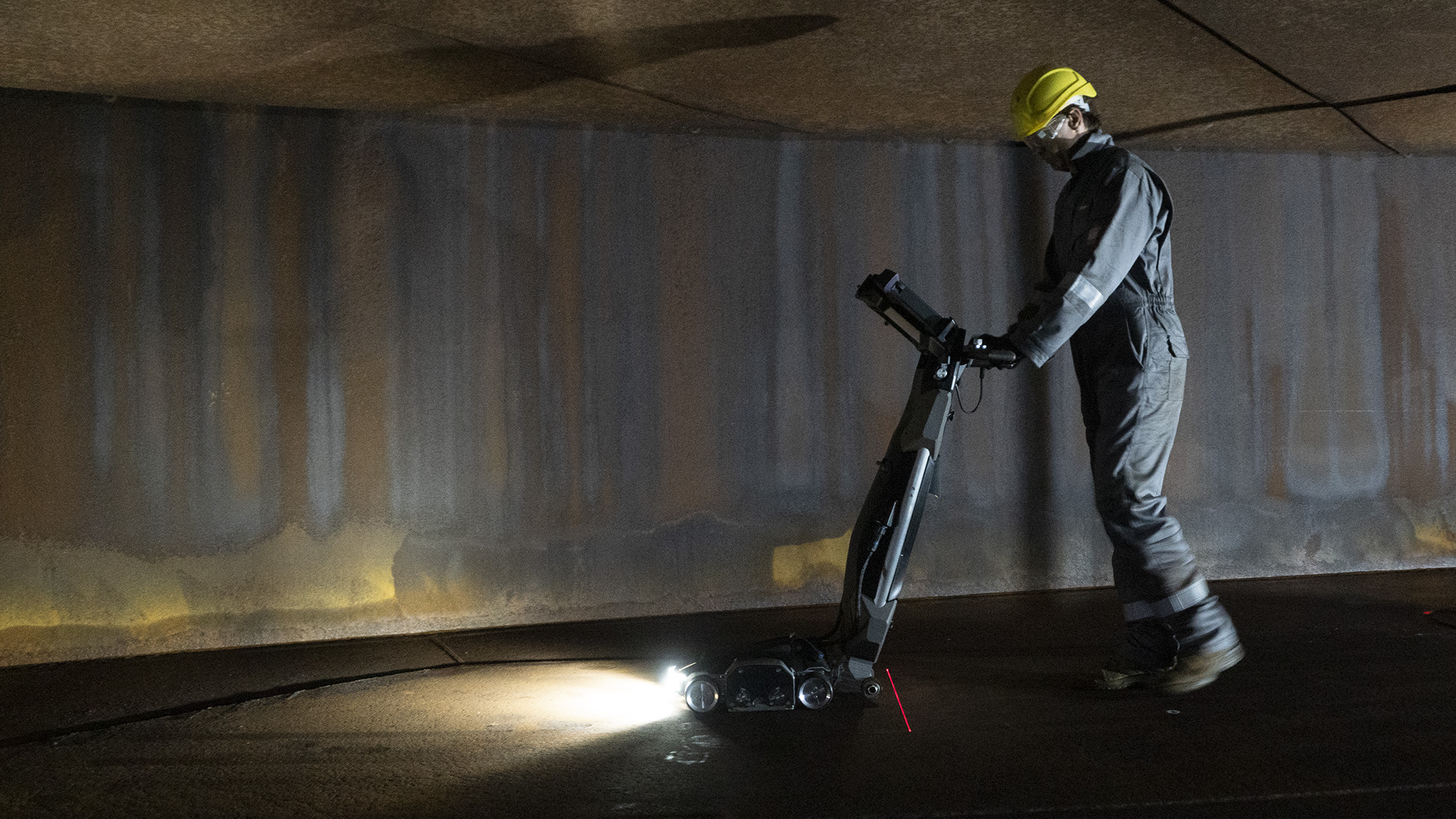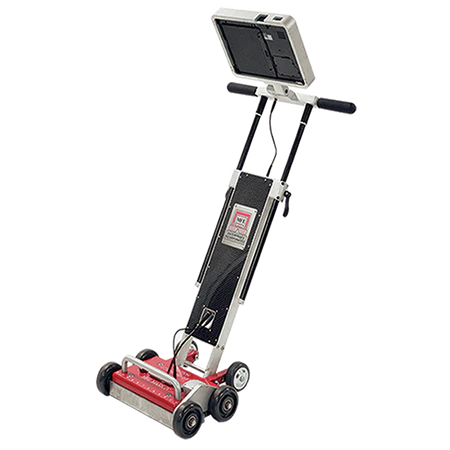MFL probes utilize a magnetic detector positioned within the poles of a magnet to detect leakage fields emanating from defects. During inspection, a magnetic circuit forms between the part and probe, saturating the part until it reaches maximum flux capacity, causing leakage. Strategically placed sensors accurately measure the three-dimensional vector of the leakage field, requiring probes to feature three sensors to capture axial, radial, and circumferential components of the MFL signal.
TechCorr leverages MFL technology to inspect tank floors, as mandated by API 653 standards, employing qualified-certified-experienced inspectors and technicians. The process involves impregnating magnets or electromagnetic energy into the tank floor using a scanner equipped with pick-up coils to measure magnetic field distortions caused by wall loss, such as corrosion or erosion. This method provides 100% coverage of the tank floor, including areas susceptible to damage, surpassing API 653 inspection requirements and enhancing overall integrity management program.


